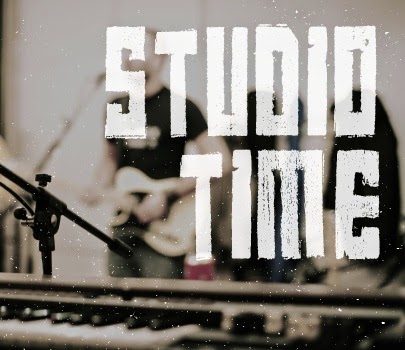"Managing both project and people time is one of the more difficult jobs of a producer since it involves a lot of educated guessing. You never really know exactly how much time any one segment will take, but you do have a general idea if you’ve done your production homework. So how do you figure out how much time you’ll need? Just like any project in any company, you make a timeline that has specific milestones while leaving a little leeway just in case the unforeseen happens.
1. Take stock of the situation. Let’s say that the record label wants to have the project in their hot little hands on October 1st and you’re coming in on the project on May 15th. There’s no way that you can determine just how long each project segment will take until you evaluate the songs, listen to the demos, listen to any previous recordings, hear the artist or band live or in rehearsal, and generally get a good feel for what’s possible and how much must be fixed or tweaked. This evaluation period might take a week or two but could be compressed into as little as a day if necessary, depending upon your experience in these situations and the quality of the songs and players.
2. Approximate how long each project segment will take. After you evaluate the artist’s or band’s songs and get a feel for the arrangements and how well they play them, you can determine how much pre-production time it will take to get everything into shape. You might determine that you’ll need a month of preproduction because the arrangements are weak, or maybe just a few days for some song tweaks. If you don’t have that kind of time or the artist is resistant to more rehearsal, then you’ll have to allot more time for basic tracking, maybe an extra day for each song, instead of the 2 or 3 songs per day that you might expect if everything is finely tuned.
During preproduction, you’ll also get a feel for what kind of overdubs you’ll be doing and what kind of time for experimentation you’ll need. Unless most of what you’re recording during tracking is a keeper, you usually figure at the very fastest that it’ll take a day for all the overdubs from each instrument. This means that you’ll record all bass fixes for all the songs one day (if there any are required), one day for guitars, one for lead vocals, etc. If you have more time and budget, you would stretch that out to a day to record the lead vocal for each song (10 songs = 10 days), a day of guitar fixes from the basic tracks, a day for guitar overdubs and a day for guitar solos, a day for background vocals for each song, a day for percussion for all songs, etc. Ultimately, overdub time will be determined by the number of overdubs that you have in mind, their difficulty, and the skill sets of the players and singers. Better players = faster overdubs.
3. Develop your milestones. First, work backwards from your delivery or completion date. You now put in the time allotted for mastering, mixing, overdubs, tracking and preproduction. From there you can put in your milestones for completion. For instance:
Notice the extra days in between preproduction and tracking, tracking and fixes, lead vocals and background vocals, background vocals and percussion, plus the extra days built into the schedule. This is to make sure that there’s plenty of leeway should something take longer than anticipated or unforeseen circumstances arise."
To read additional excerpts from The Music Producer's Handbook and my other books, go to the excerpts section of bobbyowsinski.com.
Preproduction start - May 21
Preproduction complete - June 7
Tracking start - June 10
Tracking complete - June 17
Bass fixes - June 20
Guitar fixes - June 21
Guitar overdubs - June 22 - 29
Guitar solos - June 30
Keyboard overdubs start - Aug 1
Keyboard overdubs complete - Aug 7
Lead vocals start - Aug 8
Lead vocals complete - Aug 18
Background vocals start - Aug 20
Background vocals complete - Sept 1
Percussion overdubs - Sept 3
Extra - Sept 5 - 10
Mixing start - Sept 11
Mixing complete - Sept 26
Listening session - Sept 28
Mastering - Sept 30
Delivery - Oct 1
Notice the extra days in between preproduction and tracking, tracking and fixes, lead vocals and background vocals, background vocals and percussion, plus the extra days built into the schedule. This is to make sure that there’s plenty of leeway should something take longer than anticipated or unforeseen circumstances arise."
To read additional excerpts from The Music Producer's Handbook and my other books, go to the excerpts section of bobbyowsinski.com.
----------------------------------



4 comments:
Thanks for the organized outline here.If someone has a client who wants their music on analog tape, who still teaches accurate Analog Tape Head Alignment?
I like the tip, approximate how long each project segment will take. That way you can know how much time you are going to need in the music recording studio. Then you are going to be able to manage your time a lot better. http://www.Burnrecording.com
Managing time on a sequential approach does make a better sense. Helping make the management more optimal is what I had done only with the usage of tool that makes a specific sense.
Apparently I am quite familiar with entertainment industry and eventually some of the approach that I believe is useful in terms of time management is the cloud based time management system which makes the time management quite easy and effective.
This can be so closely related to other time management projects! Regardless of what the task, writing it down and tracking time spent is VITAL in improving your time management. Thanks for sharing and keep making music. Music makes the world go round!
Gena F | Vantaggio HR
Post a Comment